Popular games for platform Texas Instruments TI-99
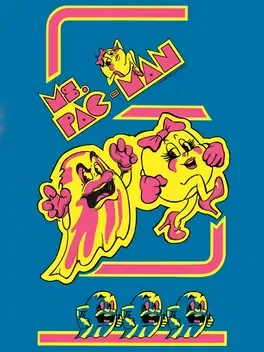
In 1982, a sequel to the incredibly popular Pac-Man was introduced in the form of his girlfriend, Ms. Pac-Man. This sequel continued on the "eat the dots/avoid the ghosts" gameplay of the original game, but added new features to keep the title fresh. Like her boyfriend, Ms. Pac-Man attempts to clear four various and challenging mazes filled with dots and ever-moving bouncing fruit while avoiding Inky, Blinky, Pinky and Sue, each with their own personalities and tactics. One touch from any of these ghosts means a loss of life for Ms. Pac-Man. Ms. Pac-Man can turn the tables on her pursuers by eating one of the four Energizers located within the maze. During this time, the ghosts turn blue, and Ms. Pac-Man can eat them for bonus points. The Energizer power only lasts for a limited amount of time, as the ghost's eyes float back to their center box, and regenerate to chase after Ms. Pac-Man again. Survive a few rounds of gameplay, and the player will be treated to humorous intermissions showing the growing romantic relationship between Pac-Man and Ms. Pac-Man, leading all the way up to the arrival of "Junior".
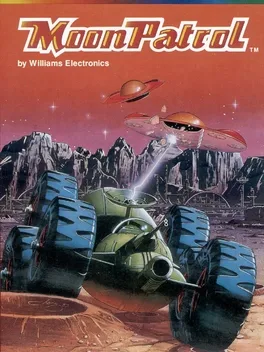
Moon Patrol is a side-scrolling shooter that puts players at the controls of a six-wheeled moon rover that can jump and shoot. The goal is to move through the entire course as quickly as possible while shooting enemies for additional points. Cannons are mounted on the front and top of the vehicle, and both fire simultaneously when the fire button is pressed. Rocks, mines, and pits in the course prevent you from just holding to the right for maximum speed. Rocks and mines can be shot, but pits must be jumped. Some enemies fire shots that create new pits in the course, forcing players to react quickly.
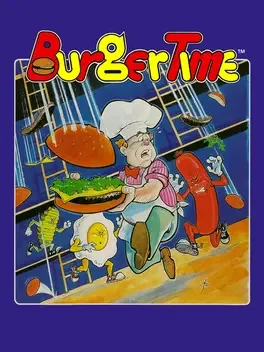
BurgerTime is a 1982 arcade game created by Data East for its DECO Cassette System. The game's original title, Hamburger, was changed to BurgerTime before its introduction to the US. The player is chef Peter Pepper, who must walk over hamburger ingredients located across a maze of platforms while avoiding pursuing characters. The game was popular in arcades. In the US, Data East USA licensed BurgerTime for distribution by Bally Midway. The Data East and Midway versions are distinguished by the manufacturer's name on the title screen and by the marquee and cabinet artworks.
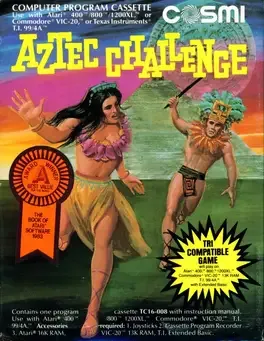
In the Aztec empire you were chosen for sacrifice. A forthcoming violent death you can only escape when a risky obstacle course face - the "Aztec Challenge". But that is no picnic: at the beginning it will be from "all sides" . pelted with spears, while one has to work its almost endless way to the temple Once there it is not friendly: trapdoors, falling boulders, snakes and spiders waiting for new victims. it is a moral imperative and a two-player mode - unfortunately alternate the players then only from. the game features 7 breathtaking levels (plus end bonus), in which a good reactivity is required. The graph corresponds unfortunately only the ordinary 1984, but does not spoil the good game idea. Moreover, good acoustics for the right mood makes. Ideal: one has reached a higher level, you do not have to start again when all lives are exhausted.
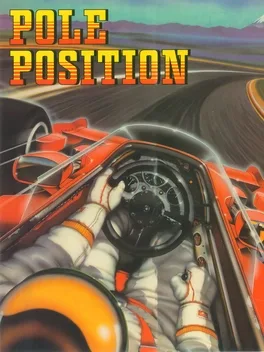
The very first racing game with the rear perspective camera and track based on real life.
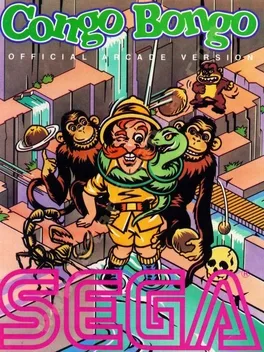
Congo Bongo is an isometric platform arcade game released by Sega in 1983. The game has come to be seen as Sega's answer to the highly successful Donkey Kong game that was released two years prior. The player takes the role of a red-nosed safari hunter who tries to catch an ape named "Bongo". The hunter seeks Bongo to exact revenge for an apparent practical joke in which Bongo set fire to the hunter's tent, giving him a literal "hotfoot". The game was named by Peter W. Gorrie who was the CFO of Sega at that time.
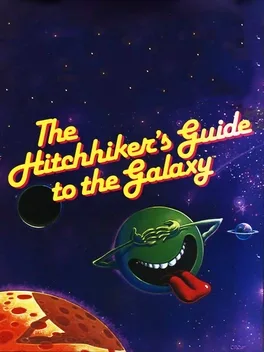
The Hitchhiker’s Guide to the Galaxy is a classic Interactive Fiction game. Though divergent from the source material, the main characters, locations, and concepts are here. Unlike the book, death can come quickly if Arthur fails to observe his surroundings, collect inventory, talk to people, and consult the Guide. Don't panic!
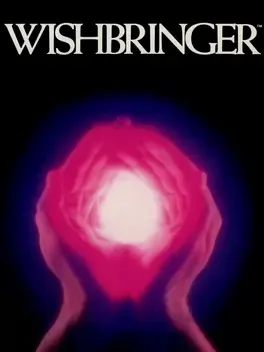
Wishbringer: The Magick Stone of Dreams is an interactive fiction computer game written by Brian Moriarty and published by Infocom in 1985. It was intended to be an easier game to solve than the typical Infocom release and provide a good introduction to interactive fiction for inexperienced players, and was very well received.
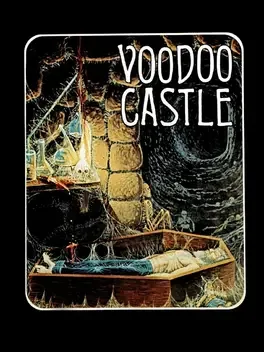
You are Count Cristo and a curse has been put on you. Your have to lift the curse in this text adventure using two word commands.
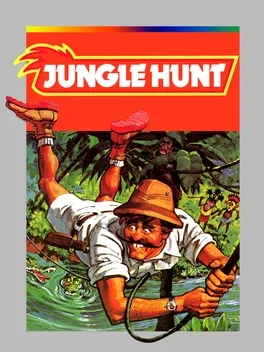
Jungle Hunt is side-scrolling arcade game produced and released by Taito in 1982. It was initially released as Jungle King. Jungle Hunt is one of the first video games to use parallax scrolling. The player controls an unnamed jungle explorer sporting a pith helmet and a safari suit. The player attempts to rescue his girl from a tribe of hungry cannibals by swinging from vine to vine, swimming a crocodile-infested river, jumping over or ducking beneath rolling rocks, then releasing the girl before she is lowered into a boiling cauldron. Home versions were released for the Apple II, Atari 2600, Atari 5200, Atari 8-bit family, Commodore 64, ColecoVision, VIC-20, and IBM PC. The PC version was developed by Sierra On-Line and is incompatible with everything except an original IBM PC/XT with a CGA video card. In the Atari-ported versions the hero is named Sir Dudley, and the girl, married to Sir Dudley, is Lady Penelope.
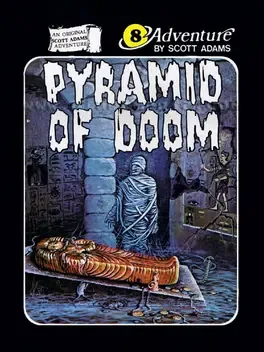
In this text adventure you are on a treasure hunt in an Egyptian pyramid.

Spellbreaker is an interactive fiction computer game written by Dave Lebling and released by Infocom in 1985, the third and final game in the "Enchanter Trilogy". Like most of Infocom's games, it was released for many of the time's popular computer platforms, such as the Commodore 64, Atari ST and Apple II. It is Infocom's eighteenth game. Over the course of events in the trilogy's earlier games from 956 to 957 GUE (Enchanter and Sorcerer), the player's character has progressed from a novice wizard possessing a few weak spells to the leader of the Circle of Enchanters. Now, in 966 GUE (ten years after the events of Enchanter), the very foundations of Magic itself seem to be failing, and the leaders of all the Guilds in the land have gathered to demand answers. In the midst of this impassioned meeting, the crowd is suddenly transformed into a group of toads and newts. Everyone present is affected except for the player and a shadowy figure who flees the hall.
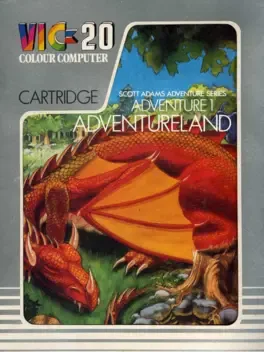
A text based Adventure Game for the TRS-80, later enhanced with visual scenes in various ports. Only allowed 2-Word input and was largely based on Colossal Cave Adventure.
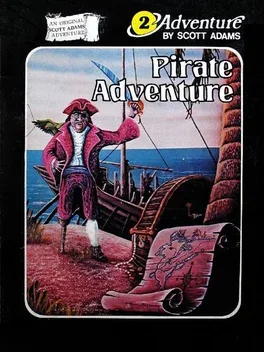
Your goal in this text adventure is to find a pirate treasure using two word commands.
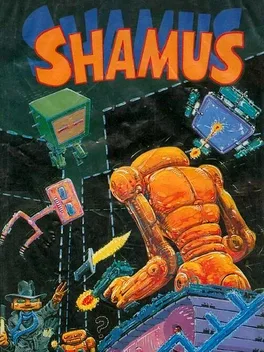
Shamus is a shooter with light action-adventure game elements written by Cathryn Mataga and published by Synapse Software. The original Atari 8-bit computer version was released on disk and tape in 1982. According to Synapse co-founder Ihor Wolosenko, Shamus made the company famous by giving it a reputation for quality. "Funeral March of a Marionette", the theme song from Alfred Hitchcock Presents, plays on the title screen.
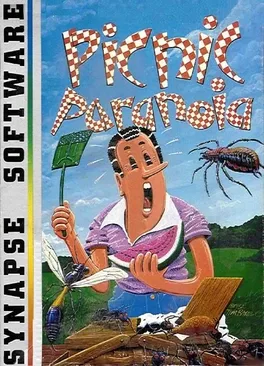
Armed with a fly swatter the player guards four picnic tables and has to fend of an invasion of insects trying to steal the food placed on the tables.
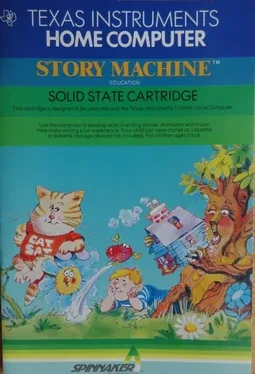
Story Machine is a product aimed at children for teaching language skills. The product contains animations assigned to key nouns, and verbs. By typing phrases such as "The Girl Jumps Over the Flower" will show the player an animation of a girl jumping over a flower. Through this method, players are able to create short "stories" of about 40 words long and have the computer animate them. These stories are also limited to having 4 "actors" (animated noun objects) in each.
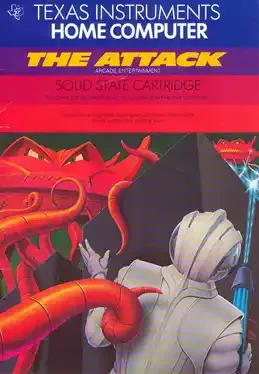
Originally called "Alien Attack," this game pits the player against alien "spores." Although the spores themselves are harmless, they can join together to form giant aliens that chase you down and eat you. To make matters more interesting, scattered around the playing field are a number of "incubators," which can hatch either more spores or, at later levels (or in early levels, in more advanced difficulty levels), more aliens. Use your ship's weapons to blast the spores before they can make new aliens, and blast any aliens before they can devour you.
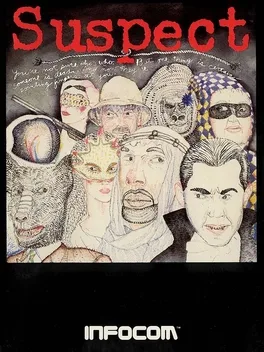
Suspect is an interactive fiction computer game designed by Dave Lebling and published by Infocom in 1984. It is the last murder mystery Infocom released, bringing an end to a popular genre of titles such as Deadline and The Witness. Like most Infocom titles, it was written in highly portable ZIL and made available for an array of popular computer platforms, including the Apple II, IBM PC, Atari ST, and Commodore 64. It is Infocom's fifteenth game.
This game is a story-based textadventure where you can explore the town and discover mysterious places. Collect multiple items and interact with other citizens. There's just one hook... they no longer seem to remember you. You can reach up to 6 different endings depending on your actions!

You are an ant and try to get food from the surface down to your nest.

The Texas Instruments TI-99/4A of Donkey Kong was developed by Atari, Inc., under the Atarisoft label.
Honey Hunt is a simple game where you guide your bee from open flower to flower, collecting nectar and returning it to your hive. Bee assassins, dragonflies, and spider webs are all out to get you. Dragonflies fly around the screen. Bee assassins skip from flower to flower. Spider webs are static, but make navigating nearby very hazardous. From time to time, a bear wanders by. If the speech synthesizer is attached, you'll hear it say, "Time to get the honey!" You must return to your hive to defend it. Simply being present in the hive is sufficient to ward off the bear.

ZTetris is the classic TI calculator clone of the popular Tetris game that everybody has played, and that has been made for all kinds of gaming platforms. The original game was programmed in assembly by Jimmy Mardell for the TI-85 and executed via ZShell, but the game has since been ported to every TI graphing calculator by other members of the community. The game has an impressive list of features, including two-player linkplay (which even works between every TI graphing calculator), 21 levels, top 3 high scores saved with names, 16 different alternating background patterns, trash lines, and even a teacher key.